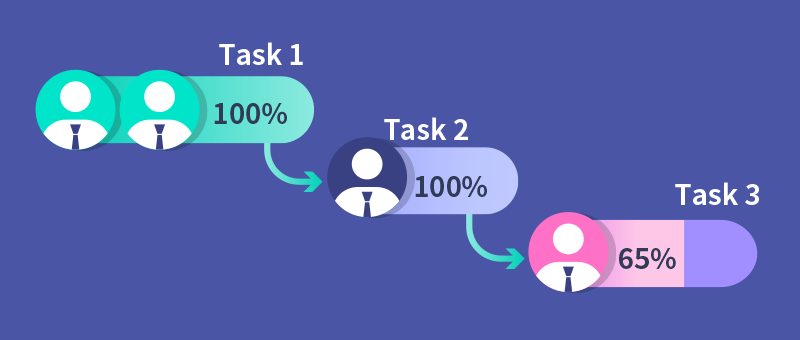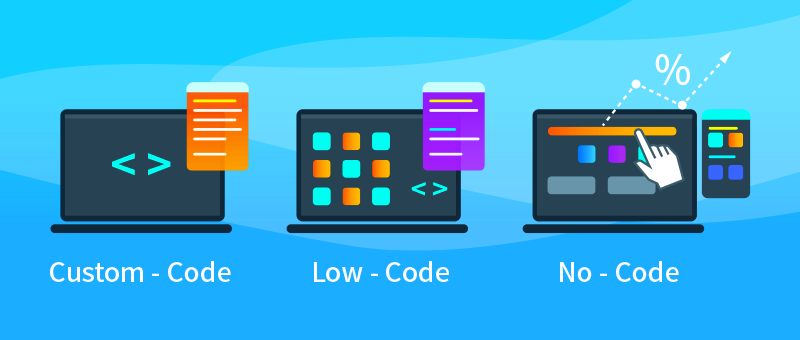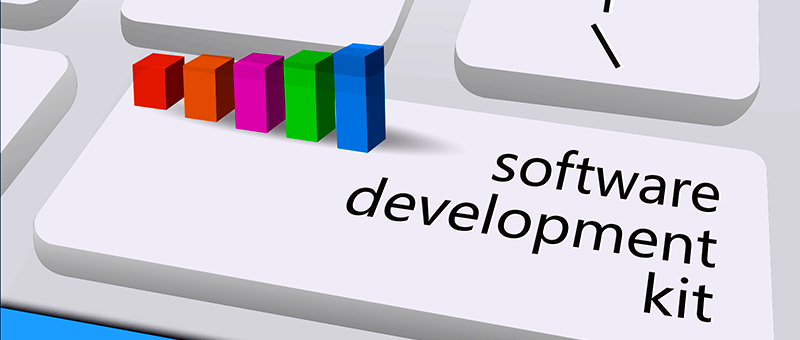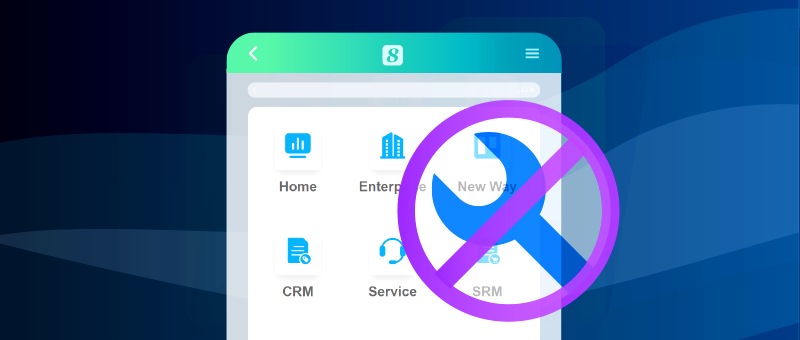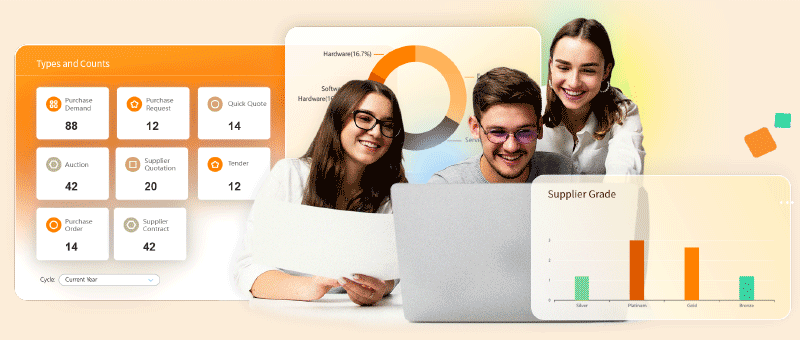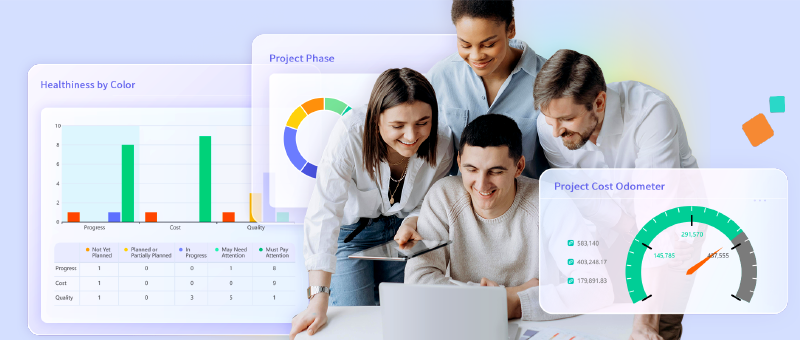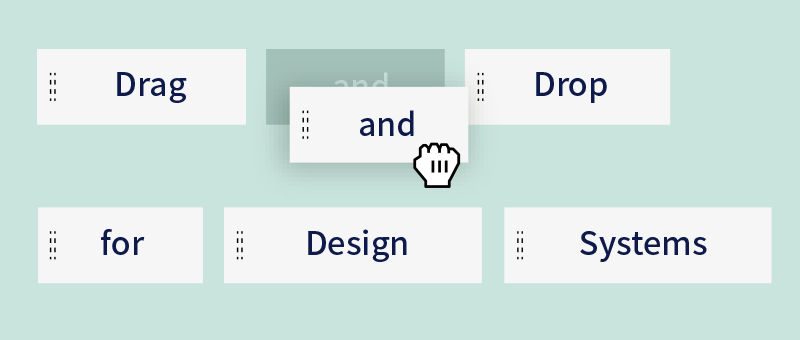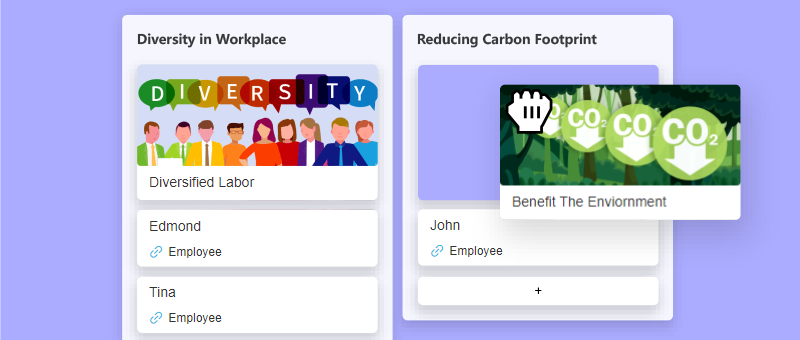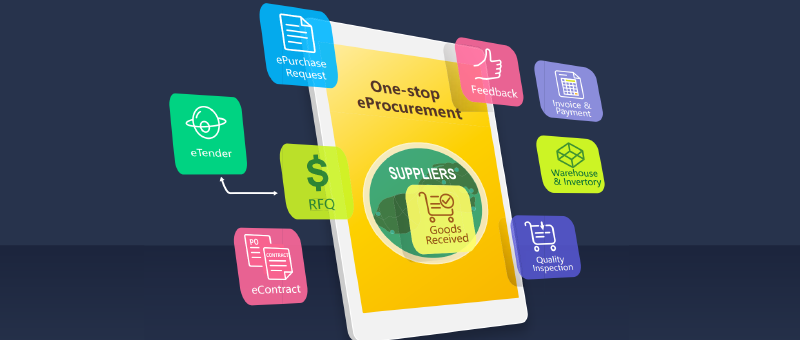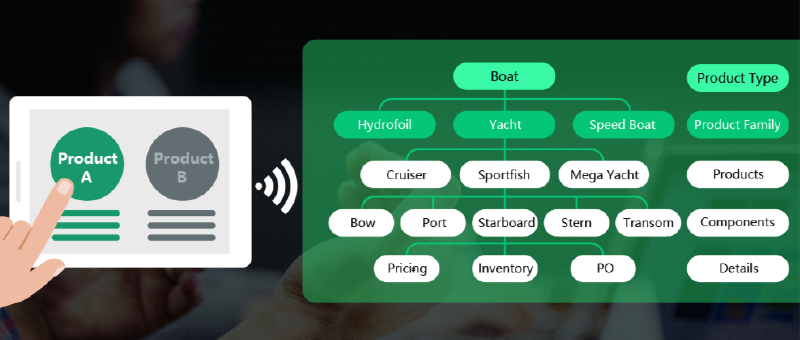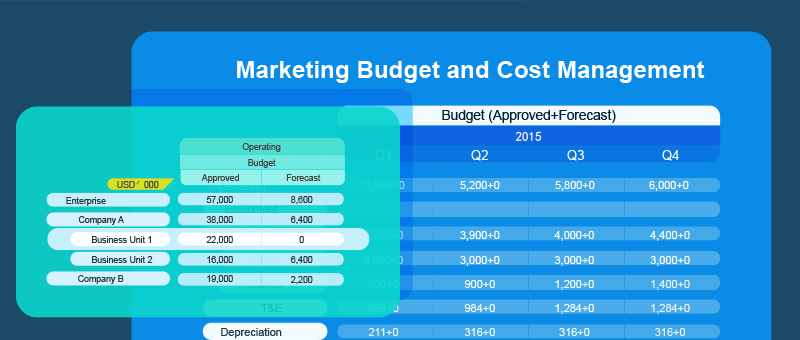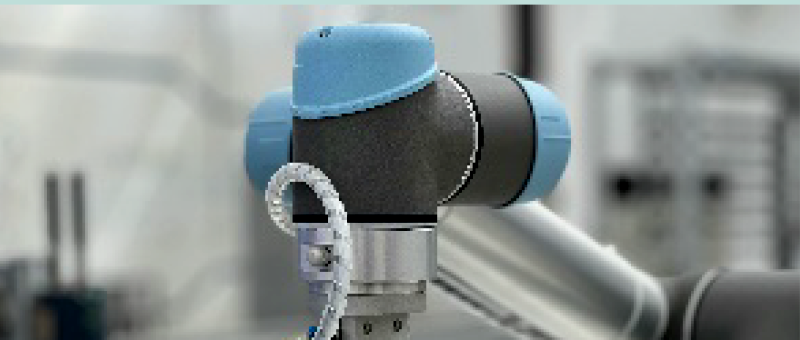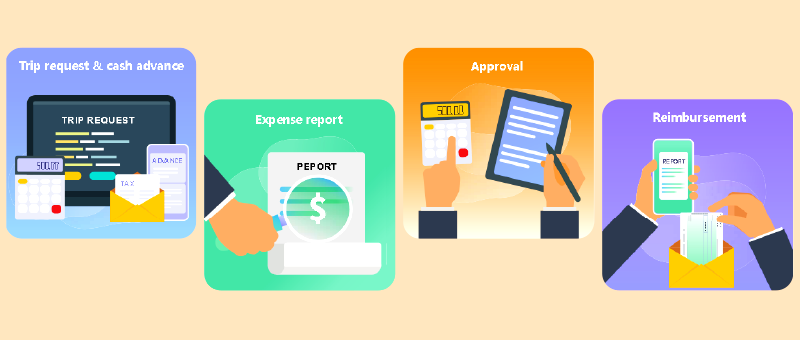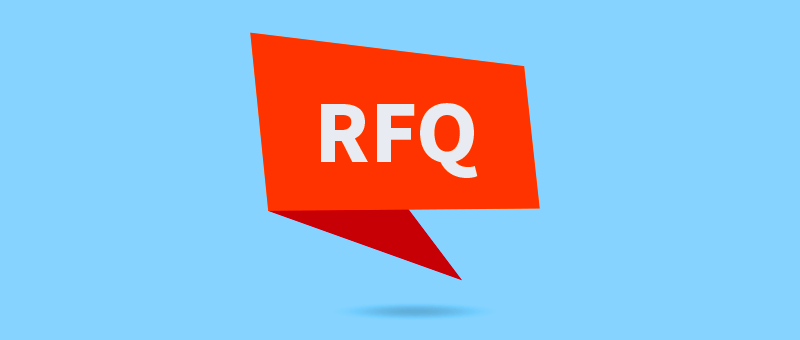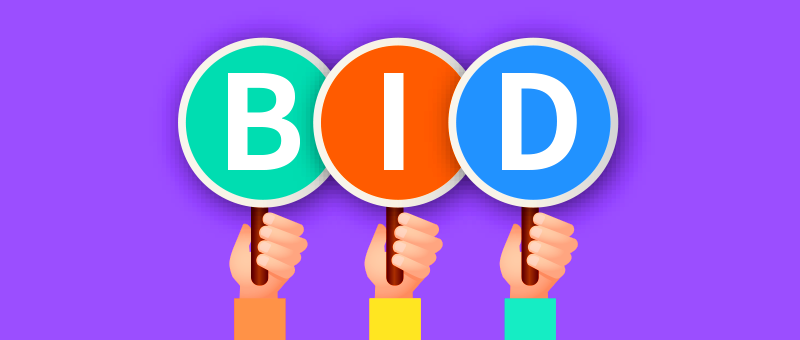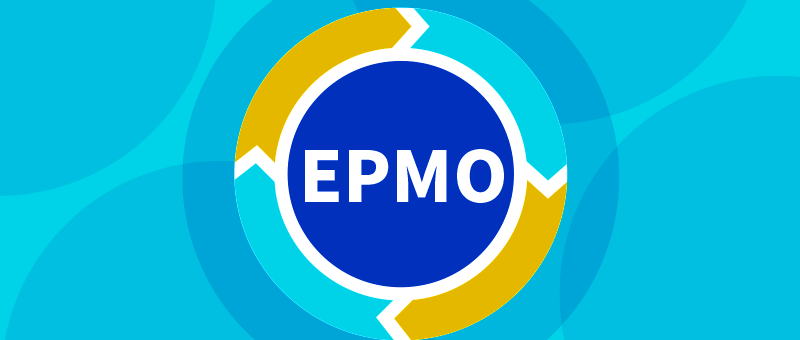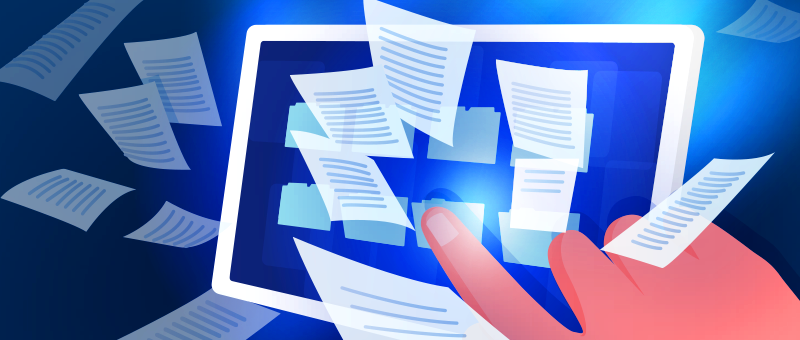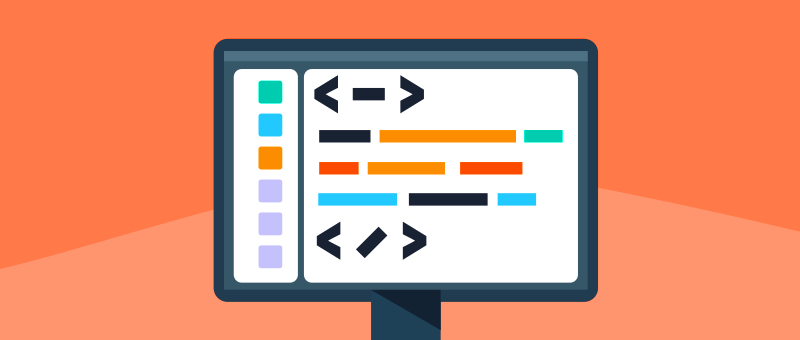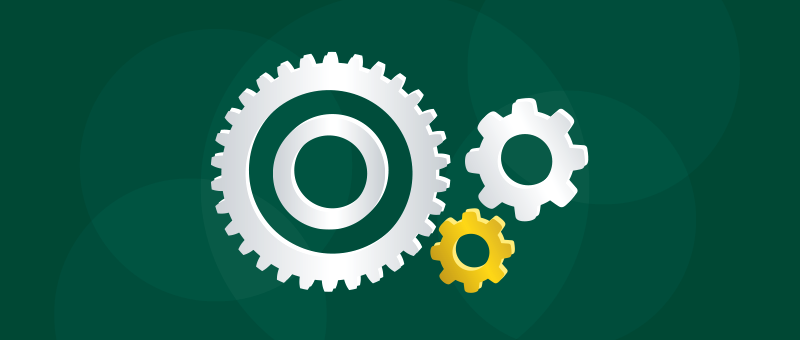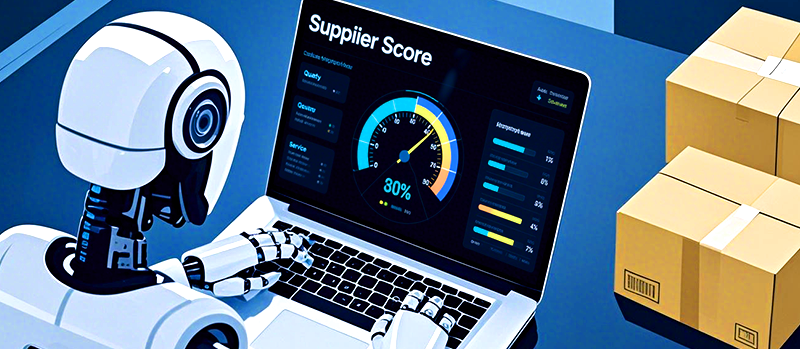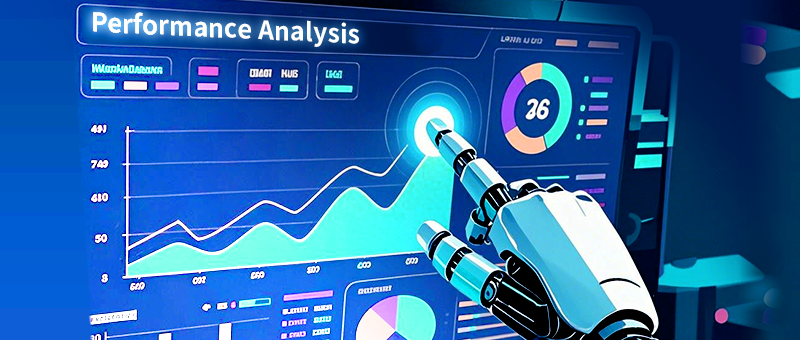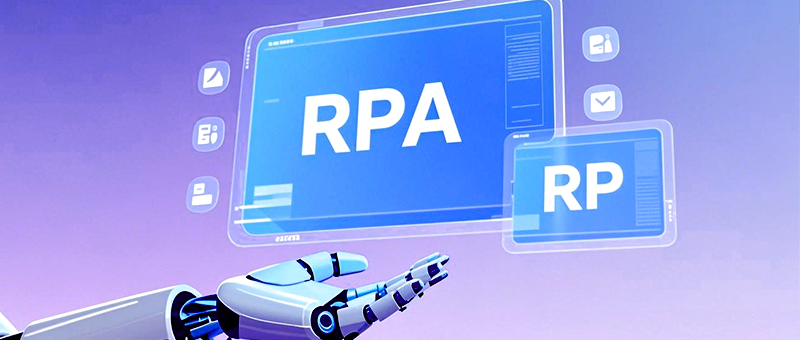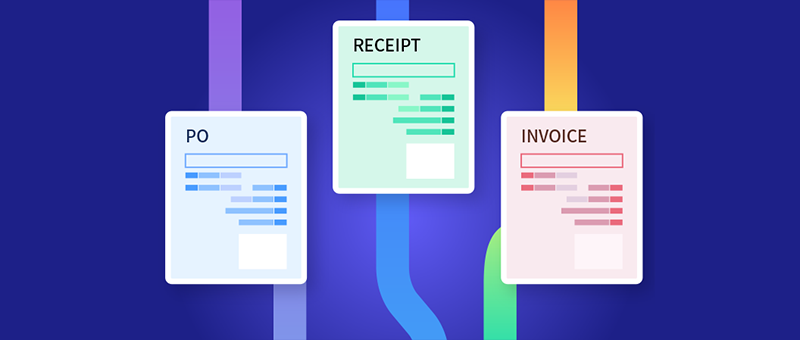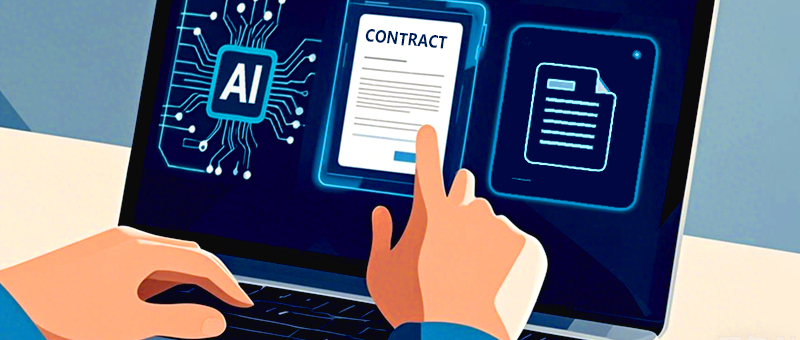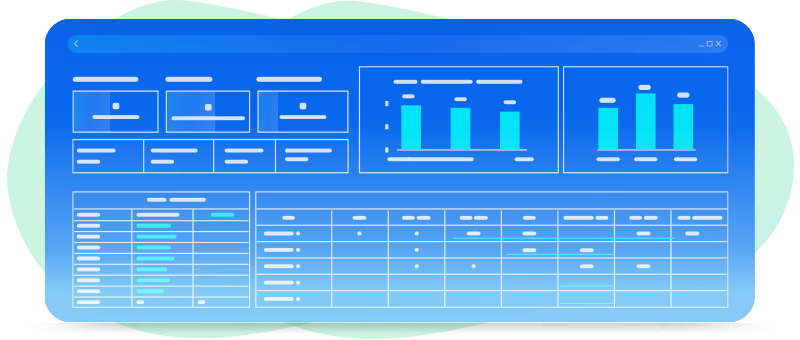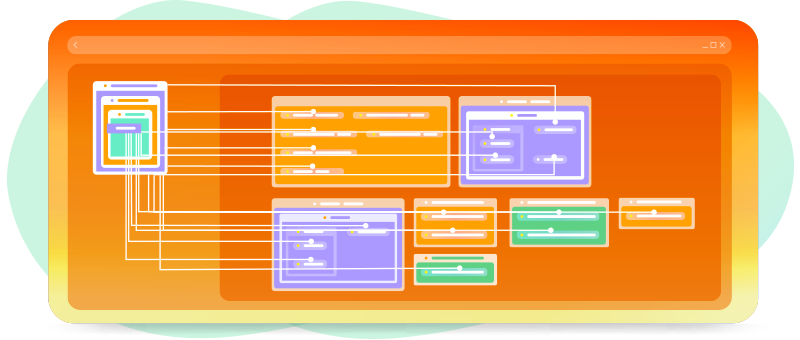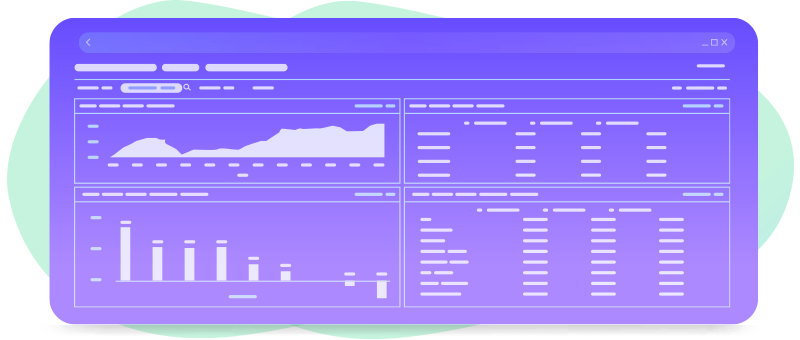Special News
7 Affordable Procurement Management Systems for SMEs
2024-12-11
In today’s competitive market landscape, small and medium-sized enterprises (SMEs) face numerous challenges, including outdated procurement methods. Procurement is no longer just about buying materials—it is a strategic component of business success. Effective procurement management enables businesses to reduce costs, strengthen supplier relationships, and improve overall operational efficiency.
This article highlights key procurement challenges faced by SMEs and reviews the 7 best procurement management software options to help small businesses modernize their purchasing processes.
Why procurement management matters for SMEs
Procurement is central to cost management and supply chain efficiency. By adopting a robust procurement strategy, SMEs can ensure they select the right supplier, purchase materials of the right quality and quantity, and meet delivery deadlines—all at the best possible price.
● Key benefits of optimized procurement include:
● Cost control: Reduced purchasing expenses through better supplier negotiations.
● Efficiency: Streamlined workflows and improved collaboration between departments.
● Risk mitigation: Avoid procurement risks such as late deliveries or poor-quality materials.
● Scalability: Ability to handle growing business needs seamlessly.
Let’s explore the unique characteristics of procurement in SMEs and the challenges they face before diving into software solutions.
Characteristics of SME procurement
Small and medium-sized businesses often exhibit the following procurement traits:
1. Limited procurement scale:
SME purchasing budgets are usually smaller, ranging between $70,000 and $1.5 million annually.
2. High price sensitivity:
Due to their scarce resources, SMEs have stricter control over procurement costs than large enterprises and are very sensitive to the prices of purchased materials.
3. Centralized decision-making:
SMEs have fewer management levels, and the main person in charge of the enterprise usually controls the purchasing decision-making power.
The purchasing process is random and simple, with minimal bureaucracy. Usually, the business department first submits an application, and the purchasing staff fills in the annual or temporary purchasing budget plan, which is then implemented after approval by the supervisor and company leaders.
4. Personalized needs:
Procurement requirements vary greatly depending on the industry, company size and growth stage. Each company has a different procurement management model and different procurement processes, and generally requires practicality and flexibility in procurement.

Common Procurement Challenges for SMEs
1. Small order quantities:
SMEs are limited by their sales volume and funds, so they are more cautious in their purchases, and their purchasing methods are more scattered, so they are unable to obtain the benefits brought by large-scale procurement.
2. Rigid processes:
The procurement process of SMEs is fragmented, lacks systematic planning, has cumbersome procedures and low efficiency; there are information silos between departments, leading to wrong decisions; there is poor monitoring, unclear responsibilities and frequent conflicts.
3. High procurement costs:
The large number of purchase batches, irregular cycles, and diverse varieties make it difficult to obtain scale benefits; the large-scale purchase of scarce materials in advance leads to increased costs; and the additional inventory costs and management expenses caused by increased inventory. These factors have weakened the competitiveness of products.
4. Weak supplier relationships:
SMEs neglect supplier relationship management, which leads to the following problems: purchasing personnel only regard purchasing as a transaction and ignore demand analysis and supplier cooperation; the company has low credibility and lacks attractiveness; there is no scientific basis for selecting suppliers and lacks quality monitoring, which increases procurement risks and affects delivery and after-sales service.
5. Inefficient organization:
The procurement organization of SMEs is inefficient, lacking a clear division of duties and analysis system, and poor implementation of work. The general managers cross-level command has led to limited power in the procurement supervisor, a lack of internal incentives and performance appraisals, low employee enthusiasm, instability, and staff turnover. Insufficient collaboration between departments and delayed information transmission have affected procurement efficiency.
6. Limited technology adoption:
Due to the limited financial strength, although many SMEs use computers for enterprise management, most of them have not introduced a special procurement management system for efficient process management, and procurement information management is basically in a semi-manual state, which greatly affects procurement efficiency.
How procurement management software can help
By implementing a digital procurement management system, SMEs can:
● Automate workflows and reduce manual errors.
● Streamline supplier selection and contract management.
● Gain better visibility into spending and budgets.
● Enhance collaboration between departments and suppliers.
Below is a curated list of 7 top procurement management software solutions that cater to the needs of small businesses.
Top procurement management software for SMEs
1. 8Manage SRM
8Manage SRM is a comprehensive procurement solution designed to address the unique challenges of SMEs. It offers end-to-end procurement capabilities, making it a popular choice for businesses seeking transparency and efficiency.
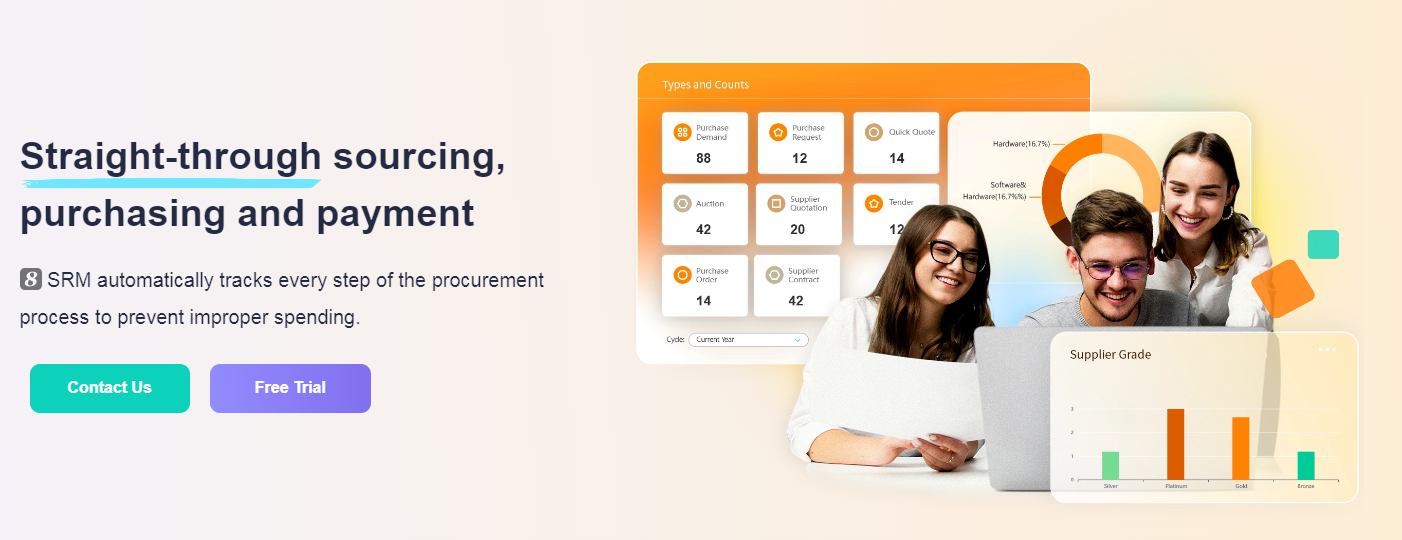
Key Features:
● Full-process procurement management: manage everything from planning and bidding to order approval and contract management.
● Supplier management: evaluate and grade suppliers using historical data to optimize selection.
● Dynamic cost control: monitor procurement expenses in real time and stay within budget.
● Electronic bidding and quotation: simplify supplier bidding processes with online tools.
● Integration capabilities: seamlessly integrates with ERP and financial systems for a unified workflow.
● Scalability: modular design allows businesses to add features as they grow.
Best For:
SMEs that require efficient supplier collaboration, bidding management, and transparent expenditure tracking.
2. ProcurementExpress
ProcurementExpress is a budget-friendly tool tailored for small teams with straightforward procurement needs.
Key Features:
● Intuitive interface: designed for small and medium-sized enterprises, easy to use and supports rapid deployment.
● Budget control: real-time budget tracking, avoid procurement overspending, and support multi-department budget management.
● Approval process: provide a simple approval mechanism to quickly complete procurement approval.
● Cross-platform support: supports web and mobile operations, suitable for small teams with flexible office work.
Best For:
Small businesses looking for an easy-to-use tool to manage budgets and approvals.
3. Tradogram
Tradogram offers scalable procurement management features that help SMEs reduce costs and improve supplier relationships.
Key Features:
● Procurement cost management: supports cost allocation by department or project to help reduce procurement expenses.
● Supplier management: provides supplier performance analysis and real-time tracking functions.
● Order management: easily create, track and manage purchase orders to simplify processes.
● Flexible pricing: pay as you go, suitable for small and medium-sized enterprises with limited budgets.
Best For:
Businesses seeking an affordable and flexible solution with supplier performance tracking.
4. Kissflow Procurement Cloud
Kissflow provides a highly customizable procurement solution for SMEs aiming to automate processes.
Key Features:
● End-to-end management: covers purchasing, approvals, and payments in one system.
● Automated approval: support customized approval workflow to greatly improve procurement efficiency.
● Data analysis: built-in procurement data analysis function to help optimize decision-making.
● Collaboration function: support seamless collaboration across departments and teams.
Best For:
SMEs looking to enhance efficiency through automation and real-time collaboration.
5. Precoro
Precoro is a user-friendly platform that integrates procurement, inventory, and contract management.
Key Features:
● Inventory and procurement integration: easily track inventory status to avoid duplicate purchases or inventory shortages.
● Contract and invoice management: support contract and invoice matching functions to reduce error rates.
● Approval workflow: provide a clear approval process and support multi-level approval.
● System integration: can be integrated with financial software such as QuickBooks.
Best For:
SMEs that need centralized procurement and inventory management.
6. Procurify
Procurify simplifies procurement for small teams with its intuitive and mobile-friendly platform.
Key Features:
● Real-time spending management: provides real-time spending data to ensure that purchases are consistent with budgets.
● Ease of use: designed for small and medium-sized enterprises, it is simple to operate and has a low learning cost.
● Mobile-friendly: provides mobile applications to support purchasing management anytime, anywhere.
● Team collaboration: supports cross-team collaboration and purchasing approval.
Best For:
Businesses needing a lightweight tool for flexible procurement management.
7. Zycus Procure-to-Pay (P2P)
Zycus leverages AI-powered tools to optimize procurement workflows for SMEs.
Key Features:
● Intelligent procurement: use AI functions to optimize the procurement process and improve efficiency.
● Electronic invoice management: support electronic invoice matching and payment processes to reduce manual operations.
● Supplier collaboration: provide a supplier portal to facilitate collaboration between suppliers and enterprises.
● Modular design: enterprises can choose modules according to their needs to avoid unnecessary waste of functions.
Best For:
SMEs seeking advanced automation and analytics capabilities.
Conclusion
For small and medium-sized enterprises, adopting the right procurement management software can transform operations by improving efficiency, reducing costs, and enhancing supplier relationships.
● If your business prioritizes supplier collaboration and bidding management, go for 8Manage SRM.
● For budget-focused procurement, choose ProcurementExpress or Procurify.
● To integrate inventory, contracts, and procurement, consider Tradogram or Precoro.
● For automation and advanced analytics, opt for Zycus P2P or Kissflow Procurement Cloud.
With the right solution, SMEs can overcome procurement challenges, boost competitiveness, and pave the way for sustainable growth.
Ready to optimize your procurement process? Explore these tools and find the one that fits your business needs today!
Most popular

How IPD drives product R&D toward commercial success

Top procurement management systems to elevate your business in 2025

Are your project managers ready for AI?
Related articles
8Manage SRM vs SAP vs YonBIP: Best enterprise procurement software
2025-06-13
Top 5 auction systems in procurement for boosting efficiency (2025)
2025-06-03
Best domestic SRM tools 2025: Top 6 for procurement efficiency
2025-05-26
Top 6 procurement management systems for manufacturing in 2025
2025-05-06
Top 6 procurement and tendering management systems for 2025, including 8Manage SRM
2025-04-22
Previous Article >
Manual to Automation: Time Management Systems Fuel Business Growth
Manual to Automation: Time Management Systems Fuel Business Growth



